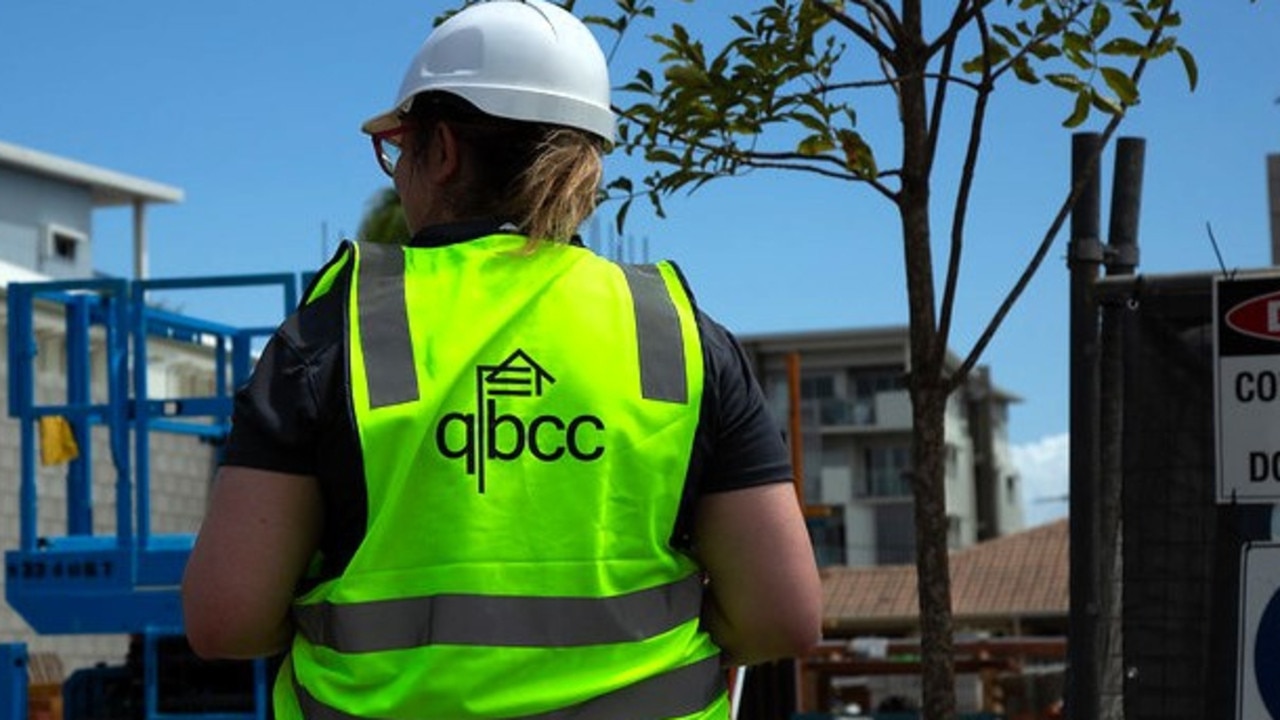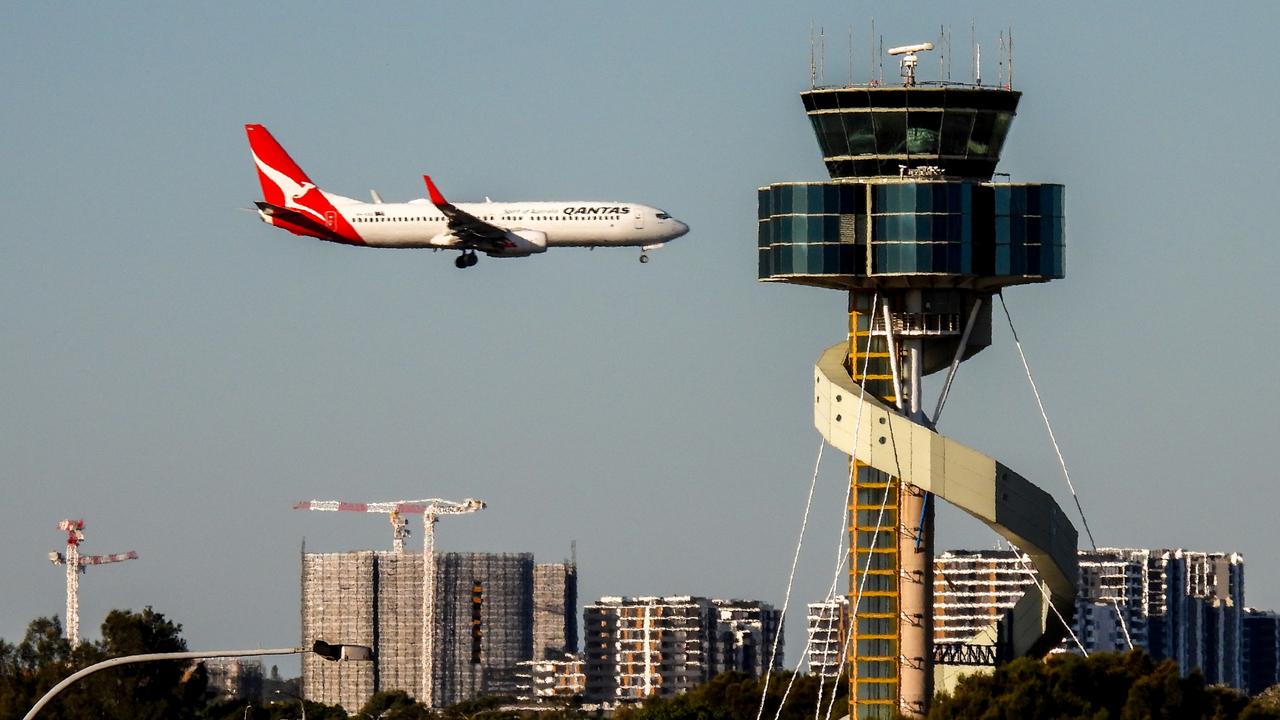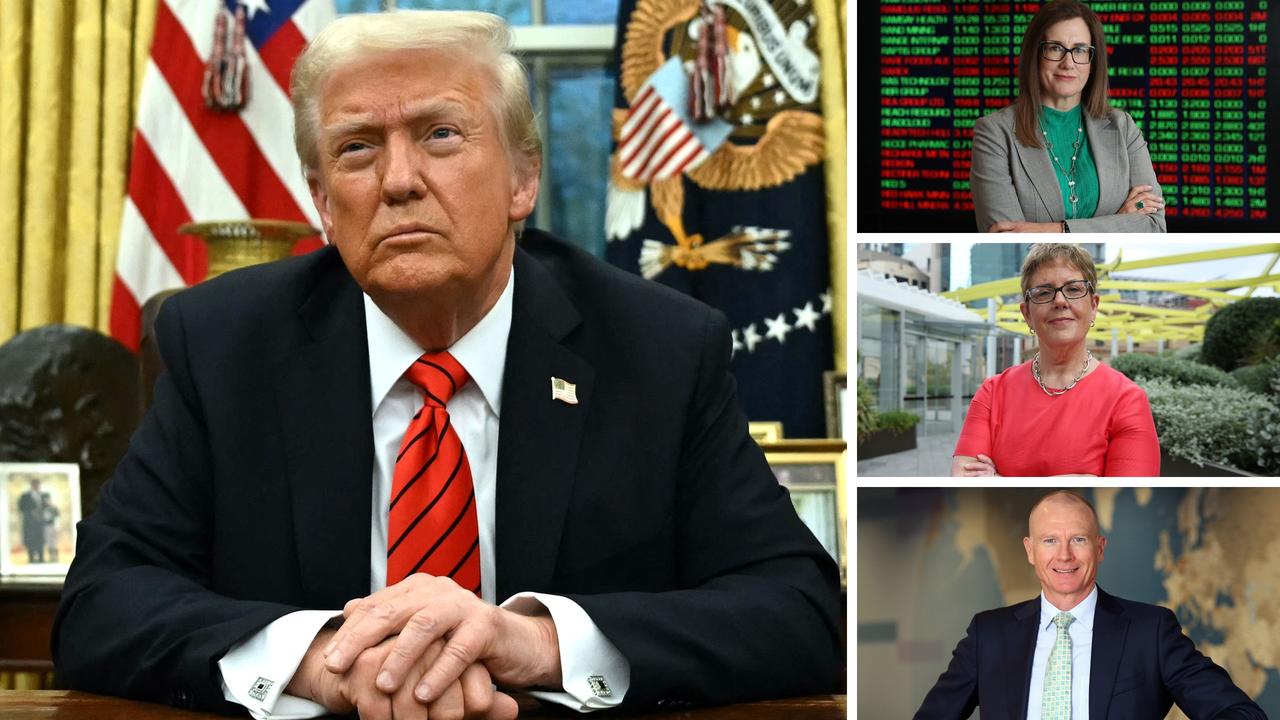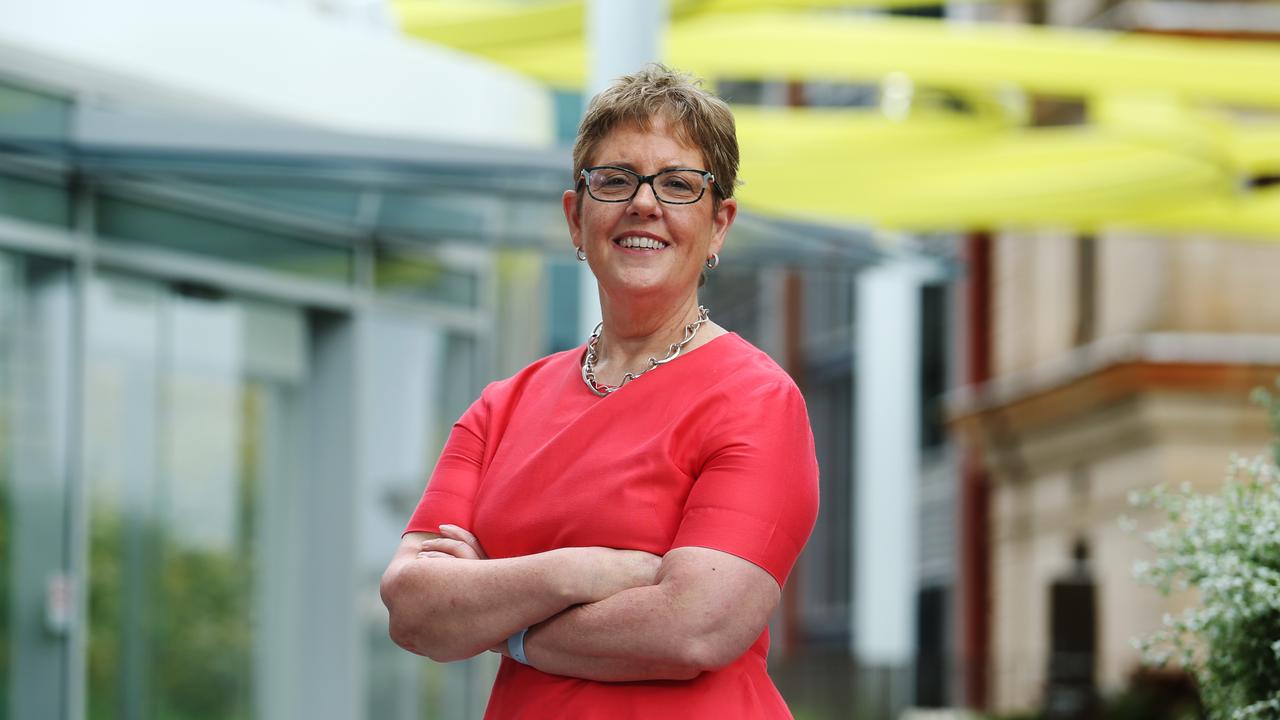Keep up: How chief executives are navigating the Trump frenzy
Some of Donald Trump’s biggest calls are sending financial as well as strategic shockwaves through business. And they’re all unfolding in real time.
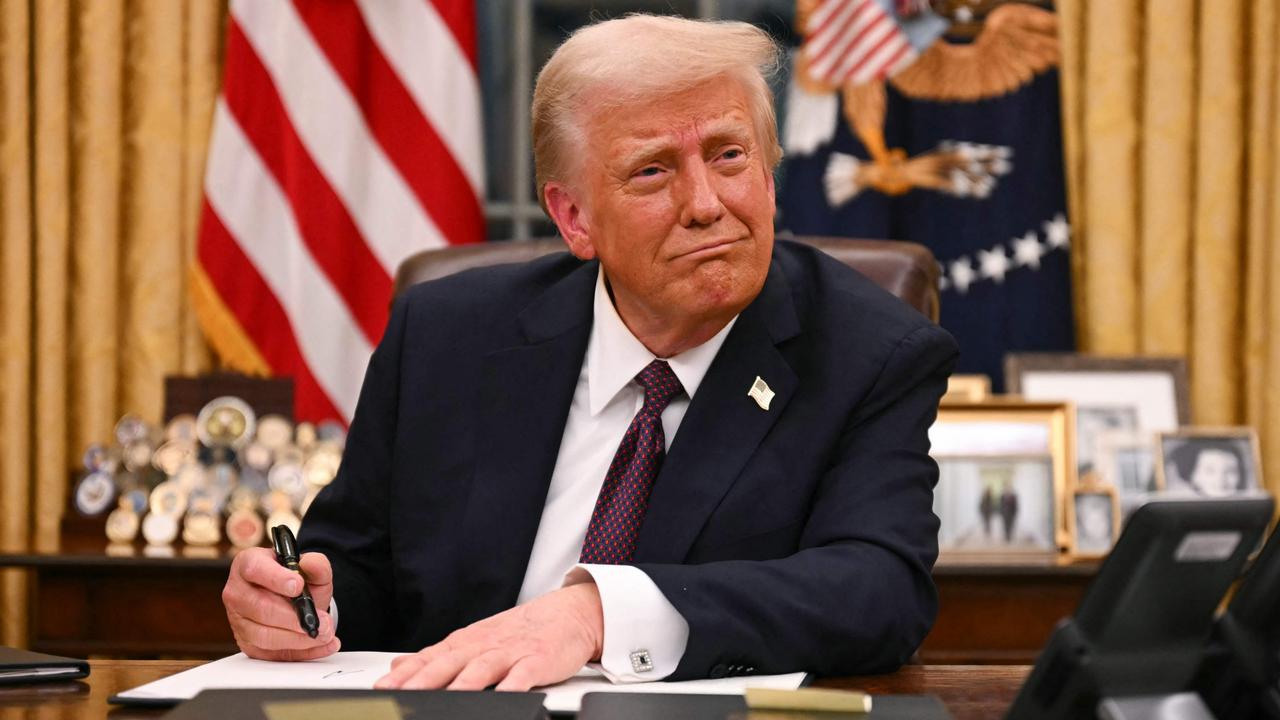
Business
Don't miss out on the headlines from Business. Followed categories will be added to My News.
If you think you’ve had as much disruption as you can handle in the past three or so weeks, then hold on: Donald Trump is only just warming up. That’s the view of one CEO of a major Australian company with global operations this week.
Whether it’s tariffs, trade bans, or sudden about-turns in regulation, business has barely been able to keep up with the frenetic pace of change.
Even though many have global implications, It’s a matter of blink and you miss it. Several CEOs The Weekend Australian spoke to had found they missed significant developments in their area, merely because they were in a meeting and hadn’t been able to catch up on the latest move.
The Wall Street Journal has now created a dedicated team that keeps track of Trump’s notable executive orders and announcements in real time.
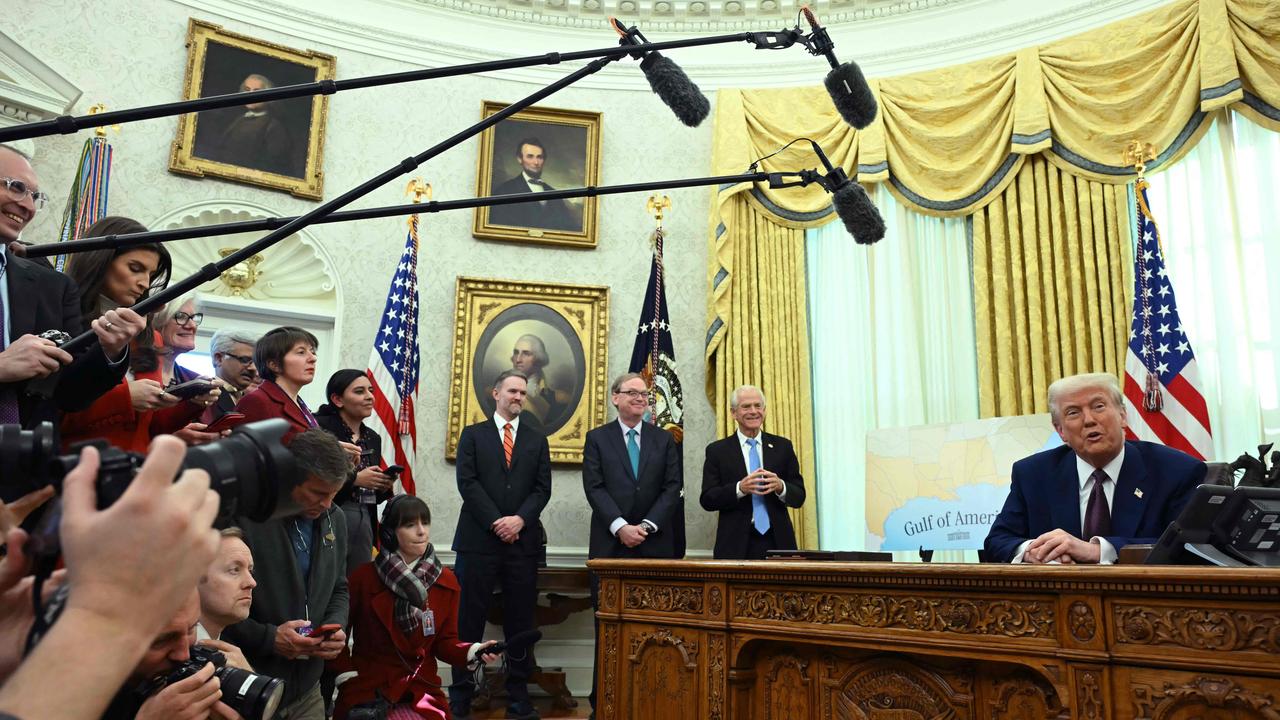
The President is so far pushing nearly 40 proclamations across all areas of the economy.
Some of Trump’s biggest calls are sending financial as well as strategic shockwaves through business. These include steel and aluminium tariffs; China tariffs; cutting anti-bribery enforcement; creating a sovereign wealth fund; cryptocurrency; removing rules around AI development; halting federal DEI programs and withdrawing the US from the Paris climate accord.
And once Trump makes an order, they can be hard to grasp.
Promised tariffs on Canada and Mexico were put on hold at the eleventh hour. China’s tariffs came in lower than many had expected. There were “no exemptions” on 25 per cent steel tariffs, although after an appeal from Anthony Albanese, Australia appears to have been given a pass. This was a major win to Port Kembla’s BlueScope and all unfolded in real time.
Shortly after his inauguration last month, Trump spoke via a video link to the annual gathering of business leaders at Davos.
“We are going to move very quickly,” he promised, adding he was doing things in “days” that would ordinarily take years to do.
Several bosses The Weekend Australian spoke with said there was no point fearing or worrying about all the change coming at them. Instead, business needs to be looking for the opportunity from the Trump changes. However, one said the White House frenzy has probably put some brakes on cross border M&A for now until the policy landscape becomes clearer.
Commonwealth Bank’s Matt Comyn is one who avoids getting caught up reacting to the daily news flow. His bank is almost entirely domestic and New Zealand focused, although it operates a New York branch with staff offering services to business clients.
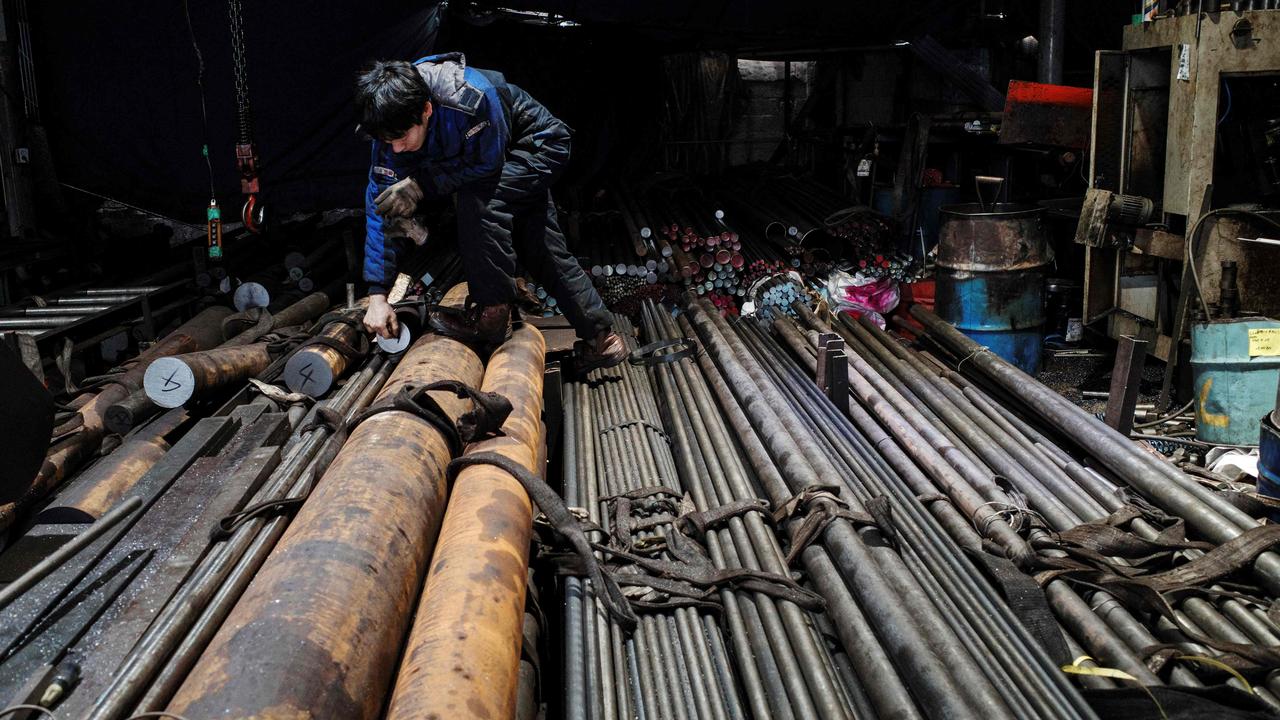
“It’s always important to try to look through the noise and remain focused on the long term, but you also have to be conscious of changes in operating context, local changes in government policy, any changes internationally,” he tells The Weekend Australian.
“We’ll continue to closely watch the context as it evolves, and where necessary, certainly consider any changes.”
When The Weekend Australian caught up with Dig Howitt of medi-tech major Cochlear he was still digesting an announcement made hours earlier that Trump was eyeing reciprocal tariffs on US trading partners.
Cochlear generates about half of its sales in the US. It manufacturers most of its smart hearing devices in Australia, but also has plant in Malaysia and Sweden. It has recently opened a new facility in China.
“We’ll look to see how that all plays out. It’s clearly uncertain right now, but in some respect, being a global business that relies on global trade, we know over time there can be ups and downs,” Howitt says. “We always bring it back to making sure we control the things we can and run the business really well.”
The global uncertainty has only added to the urgency that Australia has to get its settings right as a lower-cost place to do business, the Cochlear boss says.
“We need to make sure that we’re the most competitive place we can be, because we are a trading nation, and if trade gets more difficult, we need to be even better at the things we do to trade, and therefore be a better place to invest and run businesses and run businesses effectively to offset any implications.”
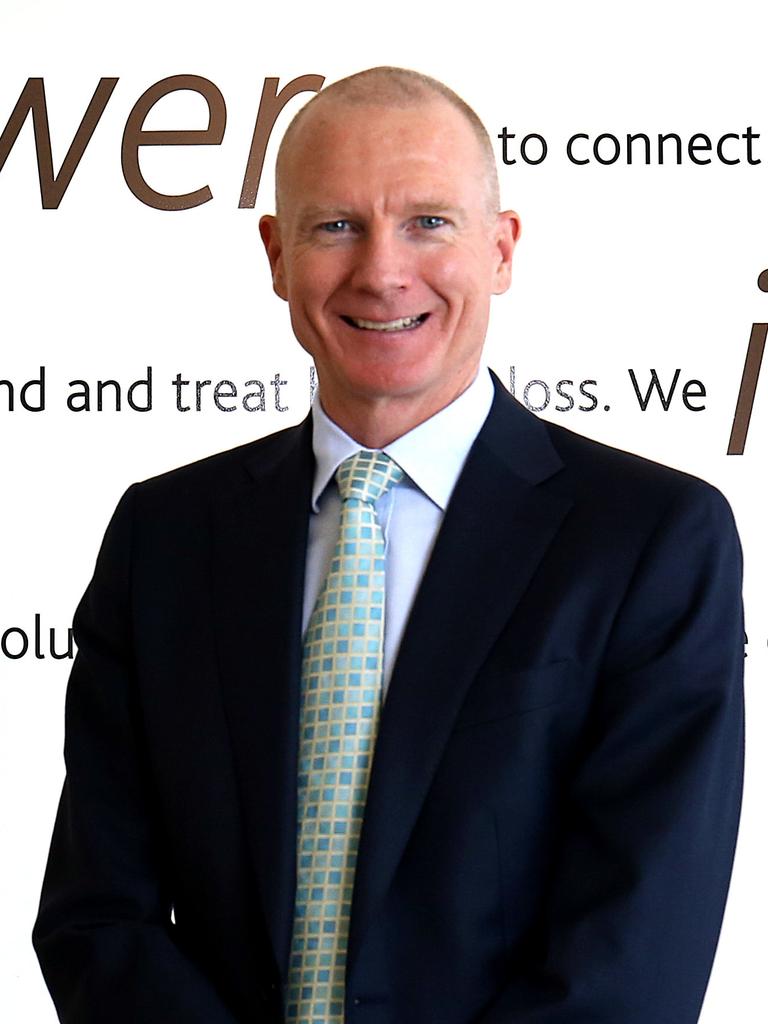
Ryan Stokes, who heads up SGH, the mining services to energy conglomerate, expects if tariffs were uniform across all US trading partners it ultimately shouldn’t have too much of an impact on demand for iron ore, Australia’s biggest export.
“If we look back to Trump’s prior term, there were similar steel tariffs in place,” he says. “And in Australia, we had our own restrictions on China’s imported steel as well. So that dynamic has been there in the past.”
Rio Tinto chief executive Jakob Stausholm, although London-based, will get a read of the temperature in Washington. He heads to the White House next week to meet with Trump as part of a delegation of the US Business Council. Rio is eyeing the development of the Resolution copper mine in Arizona it jointly owns with BHP.
Beyond Trump and trade wars there’s a closely contested election looming in Australia. JB Hi-Fi boss Terry Smart says he tells his staff just to concentrate on what’s in front of them.
“We can only control so much, and we focus on that,” Smart says.
Mirvac’s move
An official interest rate cut next week would not only be welcomed by homeowners but by the likes of Campbell Hanan, who heads up $8bn property play Mirvac.
While a shift to a dovish position by the Reserve Bank will be no doubt good for demand, he says this won’t be enough in itself to spur on activity in what’s been a stalled construction market for housing.
There’s still plenty of forces working against the supply side.
“Australia’s gone through a really massive construction program over the last three years in that post-Covid world, we’ve built a lot of public infrastructure, and we’re building a lot of data centres, we’re building Olympic Games and airports and tunnels and all those things, and that is a drain on the system to also be able to build housing,” he tells The Weekend Australian. However, there are some signs this is changing.
“As we get further and further through the infrastructure spend, it’s freeing up resources to start looking at housing again. Our experience in the last six months is – probably for the first time in three years – we’re starting to see pricing for some of the trades actually come in at or below budget”.
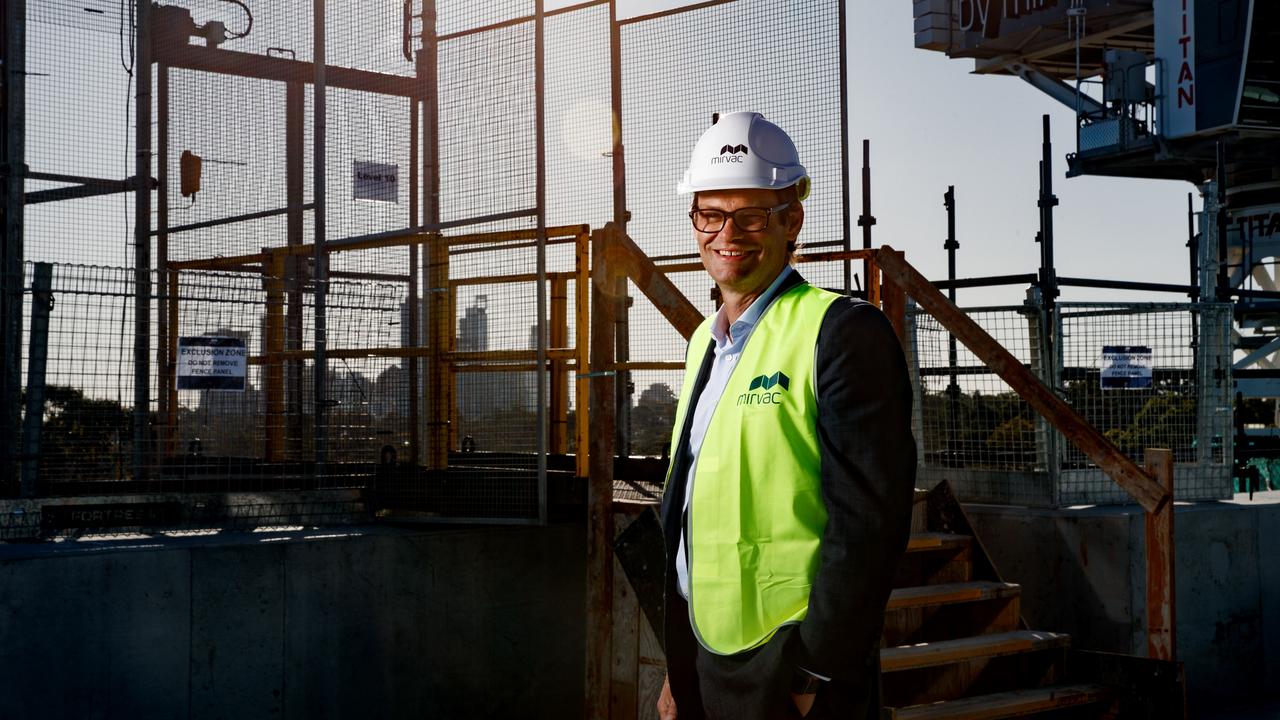
The jump in construction costs has been the biggest hurdle to getting more houses built and quickly. Many developers that bought prime sites before or even during the Covid pandemic are still sitting on empty lots, having now seen the cost of their project jump by 40 per cent.
This means developers have been looking for a big increase in revenue to justify taking on the risk of construction.
In a market where house prices – especially apartment prices – have stalled or are falling, this creates inertia on the supply side.
The Treasurer this week leaning on bank regulator APRA to clarifying guidance to lenders that it was acceptable to have below 100 per cent pre-sales to finance projects will remove another incremental cost for builders, but is unlikely to open the floodgates.
Mirvac’s December-half numbers added another layer to signs of green shoots emerging across parts of Australia.
“I feel like we’re at the bottom of our cycle,” Hanan says.
Even as cash profit fell slightly to $236m, Mirvac delivered a strong rebound in apartment sales in the December quarter (947) versus the September quarter (346).
It was this figure that sent its shares up more than 5 per cent.
Much of the demand was on the back of the launch of the developer’s $2bn Harbourside project at Sydney’s Darling Harbour.
At the same time there were signs the office market was starting to stabilise as more businesses were bringing white-collar staff back to the workplace.
johnstone@theaustralian.com.au
More Coverage
Originally published as Keep up: How chief executives are navigating the Trump frenzy





